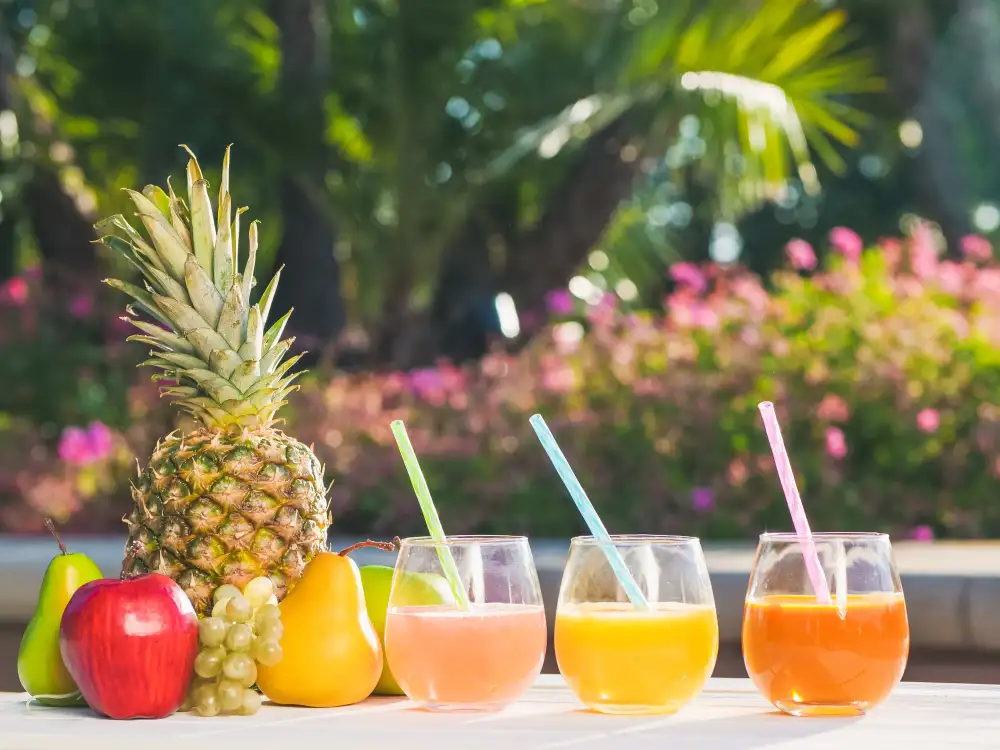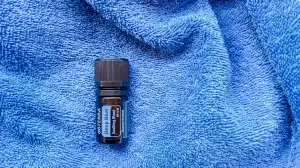The Sweet Truth: Unveiling the Sugar Content in a Shamrock Shake for Your Health

- Understanding the Ingredients of a Shamrock Shake
- The Impact of Sugar on Health
- Revealing the Shocking Amount of Sugar in a Shamrock Shake
- Comparing the Sugar Content of a Shamrock Shake with Daily Recommendations
- Health Risks Associated with Excessive Sugar Consumption
- Tips for Reducing Sugar Intake in Your Diet
As we indulge in our favorite seasonal treats, it's important to be aware of the hidden sugars lurking in these delicious concoctions. One such treat that has gained immense popularity is the Shamrock Shake. But have you ever wondered just how much sugar is packed into this seemingly innocent green beverage? In this article, we will delve into the ingredients and reveal the shocking truth about the sugar content in a Shamrock Shake. So, buckle up and prepare to uncover the sweet truth behind this beloved St. Patrick's Day treat!
Understanding the Ingredients of a Shamrock Shake
To truly comprehend the sugar content in a Shamrock Shake, it is essential to understand the ingredients that make up this beloved St. Patrick's Day treat. The main components of a Shamrock Shake include vanilla soft serve ice cream, mint flavoring, whipped cream, and a cherry on top. While these ingredients may seem innocent enough, they can pack quite a sugary punch.
The vanilla soft serve ice cream serves as the base for the shake and is typically high in added sugars. Mint flavoring is often achieved through the use of artificial sweeteners or syrups, which can significantly contribute to the overall sugar content. Whipped cream and cherries are also commonly loaded with sugar.
By understanding these ingredients and their potential impact on our health, we can make more informed choices about consuming a Shamrock Shake and other similar treats.
The Impact of Sugar on Health
Sugar has long been a controversial ingredient when it comes to its impact on health. Consuming excessive amounts of sugar can have detrimental effects on our overall well-being. Firstly, sugar is a major contributor to weight gain and obesity, as it provides empty calories with no nutritional value. This can increase the risk of developing chronic conditions such as diabetes and heart disease.
Moreover, consuming high amounts of sugar can lead to tooth decay and cavities. Bacteria in the mouth feed on sugar, producing acids that erode tooth enamel over time. This can result in painful dental issues and costly treatments.
Additionally, sugar consumption has been linked to an increased risk of developing certain types of cancer, including breast, colon, and pancreatic cancer. High sugar intake can also negatively affect brain health, leading to cognitive decline and an increased risk of dementia.
Furthermore, consuming sugary foods and drinks can cause spikes in blood sugar levels followed by crashes, leading to feelings of fatigue and low energy. This rollercoaster effect can disrupt mood stability and impair concentration.
It is important to be mindful of our sugar intake and make informed choices for a healthier lifestyle. By reducing our consumption of sugary treats like Shamrock Shakes, we can protect our health and well-being in the long run.
Revealing the Shocking Amount of Sugar in a Shamrock Shake
Now that we understand the ingredients of a Shamrock Shake, let's dive into the sugar content. Brace yourself, because what you're about to discover might be quite shocking.
A small-sized Shamrock Shake from a popular fast-food chain contains a whopping 54 grams of sugar. To put this into perspective, that's equivalent to consuming more than 13 teaspoons of sugar in just one drink!
But it gets worse. A medium-sized shake contains 69 grams of sugar, while a large-sized shake packs a staggering 115 grams of sugar. That's an astonishing amount considering the American Heart Association recommends no more than 36 grams for men and 25 grams for women per day.
It's important to note that these numbers only account for the sugar added to the shake itself. They don't include any additional toppings or whipped cream that you might choose to add on top.
So next time you're tempted by the festive green goodness of a Shamrock Shake, think twice about its hidden sugar bomb. Your health will thank you for making a more informed choice.
Comparing the Sugar Content of a Shamrock Shake with Daily Recommendations
5. Comparing the Sugar Content of a Shamrock Shake with Daily Recommendations
To put things into perspective, let's compare the sugar content of a Shamrock Shake with the daily recommendations. The American Heart Association suggests that men should consume no more than 36 grams (9 teaspoons) of added sugar per day, while women should limit their intake to 25 grams (6 teaspoons).
Now, brace yourself for this shocking revelation: a small-sized Shamrock Shake from a popular fast-food chain contains a whopping 54 grams of sugar! That's already exceeding the daily recommendation for both men and women in just one drink.
If you opt for a medium or large size, the sugar content skyrockets even further. A medium-sized shake contains around 69 grams of sugar, while a large-sized shake can pack up to 115 grams of sugar!
It's clear that indulging in a Shamrock Shake means consuming an excessive amount of sugar in one sitting. This excess intake can have detrimental effects on your health if not balanced out with healthier food choices throughout the day.
So, before you reach for that tempting green beverage, consider the impact it will have on your overall health and well-being. Making informed choices about what you consume is crucial for maintaining a healthier lifestyle.
Health Risks Associated with Excessive Sugar Consumption
Excessive sugar consumption poses significant health risks. It can lead to weight gain, obesity, and an increased risk of developing chronic diseases such as type 2 diabetes and heart disease. High sugar intake can also contribute to tooth decay and cavities. Moreover, consuming too much sugar can negatively impact our energy levels, mood, and overall well-being. It is crucial to be mindful of our sugar intake and make healthier choices for the sake of our long-term health.
Tips for Reducing Sugar Intake in Your Diet
1. Read food labels: Pay attention to the sugar content listed on food labels. Choose products with lower sugar content or opt for alternatives with no added sugars.
2. Limit sugary beverages: Cut back on soda, fruit juices, and energy drinks as they are loaded with hidden sugars. Instead, choose water, unsweetened tea, or infused water for a refreshing and healthier option.
3. Choose whole foods: Opt for whole fruits instead of fruit juices or processed snacks that often contain added sugars. Whole foods provide essential nutrients and fiber without the excessive sugar.
4. Cook at home: Preparing meals at home allows you to have control over the ingredients used. Use natural sweeteners like honey or maple syrup in moderation instead of refined sugars.
5. Be mindful of condiments: Many condiments such as ketchup, barbecue sauce, and salad dressings contain high amounts of added sugars. Check labels and choose low-sugar or homemade alternatives.
6. Gradually reduce sugar intake: Start by gradually reducing the amount of sugar you add to your coffee or tea, and gradually decrease the sweetness in your recipes until your taste buds adjust to less sugar.
7. Opt for healthier snacks: Replace sugary snacks with healthier options like nuts, seeds, fresh fruits, or yogurt without added sugars.
8. Seek support: Share your goals with friends and family who can help motivate you to reduce your sugar intake. Consider joining support groups or seeking guidance from a registered dietitian.
By implementing these tips into your lifestyle, you can gradually reduce your sugar intake and make informed choices for a healthier diet overall.
In conclusion, it is essential to be aware of the sugar content in popular treats like the Shamrock Shake. By understanding the impact of excessive sugar on our health and comparing it with daily recommendations, we can make informed choices for a healthier lifestyle. Reducing sugar intake in our diet is crucial to prevent health risks associated with high sugar consumption. By opting for healthier alternatives and being mindful of hidden sugars in processed foods, we can take control of our well-being and enjoy a balanced diet. Let's prioritize our health and make conscious decisions when it comes to indulging in sugary treats.
Published: 28. 01. 2024
Category: Health



